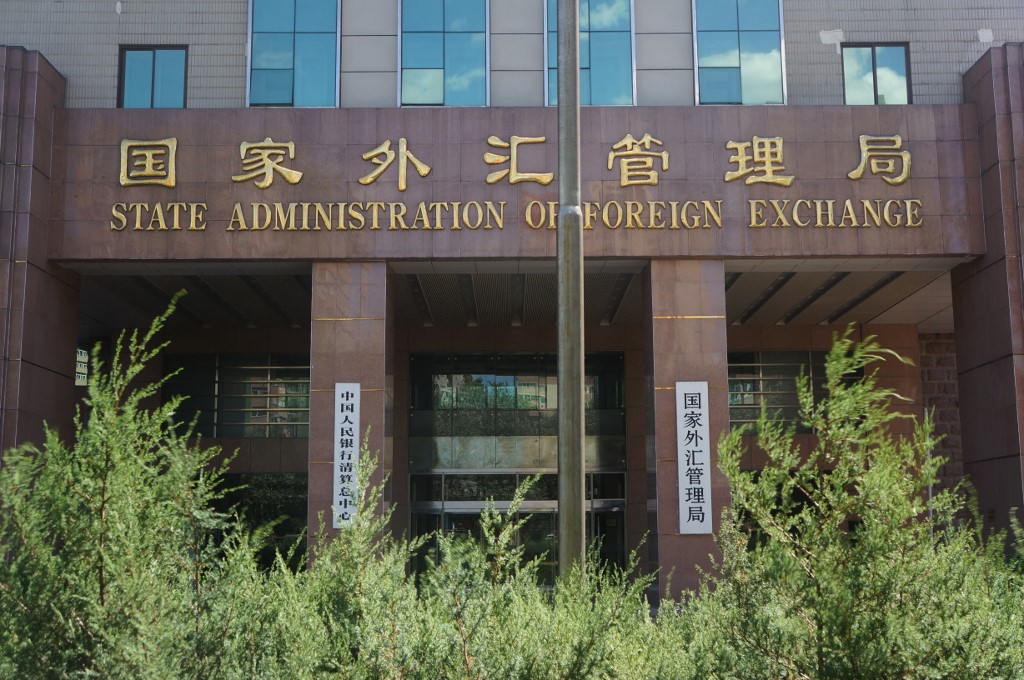(ATF) China’s total foreign debt was 15.665 trillion yuan – US$2.4 trillion – at the end of 2020, according to the State Administration of Foreign Exchange. That figure includes domestic and foreign currencies, but excludes debt for Hong Kong SAR and Macao SAR.
The agency, known as SAFE, said the figure increased by $92.5 billion or 4% from the end of September 2020. The increase in foreign debt was mainly due to a rise in foreign investors’ holdings of domestic yuan bonds.
Wang Chunying, deputy director and spokesperson of SAFE, said the steady increase in the scale of foreign debt was an objective result in a year when China achieved major strategic results in preventing and controlling the epidemic, plus economic and social development. Its businesses were the first to resume after the coronavirus and GDP increased by 2.3% year-on-year. So, China was the only major economy to enjoy positive growth. This was the main reason why China attracted foreign capital inflows, including foreign debt, he said.
In terms of maturity structure, the balance of medium- and long-term foreign debt was 7 trillion yuan (just over $1.08 trillion), or 45% of the total. The balance of short-term foreign debt was 8 trillion yuan (about $1.32 trillion) or 55%. Of the short-term foreign debt, trade-related credit accounted for 39%.
At the end of 2020 China’s foreign debt debt ratio to GDP was 16.3%, while the ratio of foreign debt to trade export income was 87.9%, and the debt service ratio compared to export revenue was 6.5%, and the ratio of short-term foreign debt to foreign exchange reserves was 40.9%.
The above indicators are all within the internationally recognised safety lines (20%, 100%, 20% and 100% respectively), and China’s foreign debt risks were generally controllable, the minister said.
The Foreign Exchange agency also revised the quarterly full-calibre foreign debt data since the end of 2019 based on the latest data obtained by businesses with foreign investments that have been distributed and unremitted profits. It announced this through the “Statistics” section of SAFE’s official website.
Wang Chunying said that at present, there are still many uncertain factors in the external environment, but the fundamentals of China’s long-term economic improvement had not changed, and it was expected that foreign debt would continue to operate smoothly in the future.
























